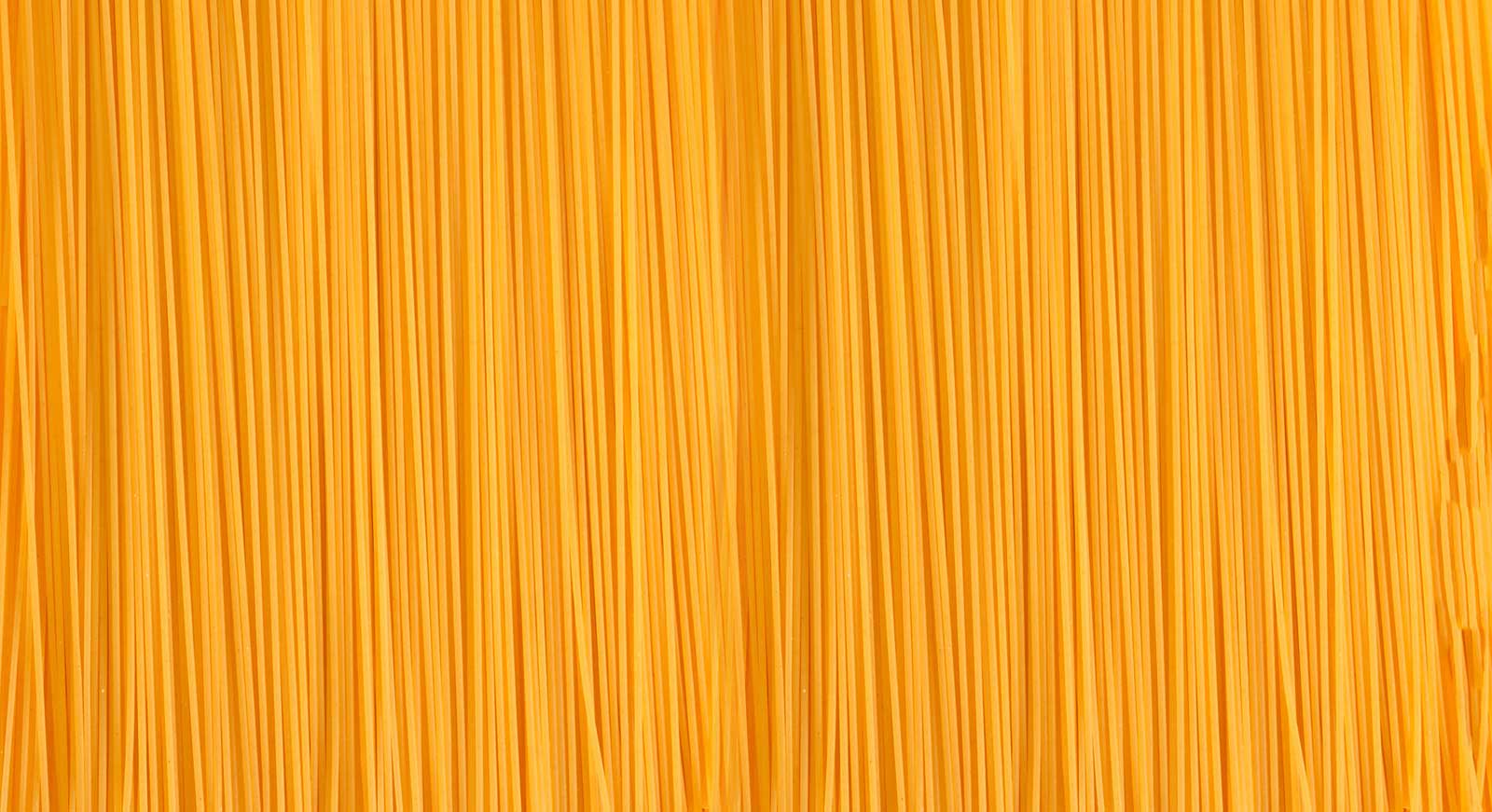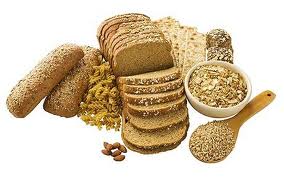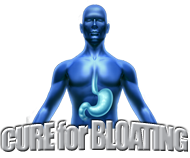Celiac Disease Is One Of Many Types Of Bowel Disease
Celiac Disease Is One Of Many Types Of Bowel Disease
When you have serious gas and bloating that lingers for a while, you might start to wonder if you have a more serious gastrointestinal bowel disease. Unfortunately, that turns out to be the case for millions of people.. If you have been having problems with gas and bloating that simply won’t go away no matter what you try, it might be something more serious. Today we’re going to take a look at one of the common gastrointestinal problems: Celiac disease
What is Celiac Disease?
Like many digestive diseases, Celiac disease is a problem that begins in the small intestine. Those who have this bowel disease can’t tolerate gluten, which is found in wheat, barley, rye and some oats. The gluten damages their small intestine, which then makes it very difficult to absorb nutrients from food. There is no clear reason why people develop celiac disease, but there is a clear treatment: A gluten-free diet.
Symptoms of Celiac Disease?
Since everyone’s body is different, one person might have a certain symptom while the next person has completely different symptoms. That’s one of the reasons this bowel disease can take a long time to diagnose and treat. However, there are a few symptoms that the majority of people experience with this condition. Do you have any of these symptoms?
- Abdominal pain, gas, bloating and indigestion on a very regular basis
- Constipation or diarrhea (sometimes one, and then the other)
- Nausea and vomiting, especially after eating a meal
- Unexplained weight loss or decreased appetite
- Lactose intolerance (an inability to handle dairy products)
- Stools that float or have a very foul odor
You might also have other symptoms that don’t seem to be related to gastrointestinal problems, but you might be surprised at how your digestive system affects your entire body! These symptoms are less common but often go hand-in-hand with Celiac disease.
- Depression and fatigue
- Muscle cramps and joint pain
- Bruising easily
- Signs of malnutrition, including hair loss, nosebleeds and missed menstrual periods
- Itchy skin, or tingling in the hands or feet
Keep in mind that this is not an exhaustive list of symptoms. You might be experiencing all of these or just a few. The biggest factor in recognizing celiac disease is that it doesn’t get better with time; you will experience symptoms on a regular basis until you get the proper treatment.
Treatments For Celiac Disease
Though celiac disease has no cure, it can be treated very effectively with the proper diet. Learning how to live on a celiac diet is a true lifestyle change, and that can take plenty of time, as well as trial and error. If you want to learn more about a gluten-free diet that can help Celiac disease — and make you feel better even if you don’t have celiac disease — check out the last chapter of our ebook. There, we detail the diet that you will need to adhere to in order to combat the symptoms of Celiac disease.
[wp_eStore_fancy1 id=1]


